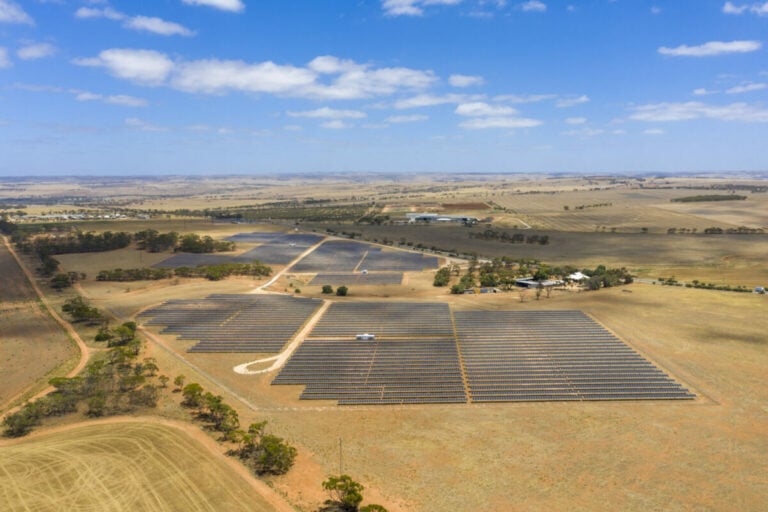
South Australia has become the first state to sign a Renewable Energy Transformation Agreement, aiming to provide the necessary infrastructure for the nation to be powered 100% by wind and solar by 2027.
The agreement will see the state support the development of at least 1GW of solar and wind power by underwriting developers. The federal support will also see it underwrite 400MW of new energy storage capacity to provide additional stability and flexibility to the grid as it transitions to variable renewable energy.
Try Premium for just $1
- Full premium access for the first month at only $1
- Converts to an annual rate after 30 days unless cancelled
- Cancel anytime during the trial period
Premium Benefits
- Expert industry analysis and interviews
- Digital access to PV Tech Power journal
- Exclusive event discounts
Or get the full Premium subscription right away
Or continue reading this article for free
This will increase the total new storage capacity supported in South Australia to at least 600MW.
It is worth noting that scaling grid infrastructure as part of this agreement will help facilitate the state government’s target of ensuring its electricity is sourced from 100% renewable energy by 2027; South Australia will become one of the country’s first states to do so if achieved.
In signing the agreement, South Australia must also commit to delivering its Hydrogen Jobs Plan; establish its own specific grid reliability mechanism and benchmark to replace the national framework; and work with the federal government to implement policies, practices, and processes that improve community engagement.
Capacity Investment Scheme to aid South Australia’s infrastructure rollout
The agreement also ties into the Albanese government’s plan to build and operate an additional 32GW of renewable energy generation and energy storage around the country by 2030. This is being supported via its Capacity Investment Scheme, with the recent first auction having received interest from more than 40GW of solar and wind projects.
Crucially, to reach this target, a rapid expansion of energy infrastructure must be rolled out in an already ageing system, something that can often be expensive and complicated by several barriers. However, the bilateral agreements have been designed specifically to address the barriers developers, communities, and governments face in delivering renewable energy projects.
While South Australia is the first state to formalise the agreement, agreements are being finalised with other states and territories.
Chris Bowne, South Australia’s minister for climate change and energy, hailed the agreement, stating that it will “give the market the confidence to build new projects”.
“Giving the market the confidence to build new projects is good; signing an agreement to collaborate with South Australia on practical steps to get the best out of this energy transformation for South Australian workers, communities and industry, is great,” Bowne said.
“The Albanese government’s Reliable Renewables Plan is the only plan supported by experts to deliver the clean, cheap, reliable and resilient energy system that Australians deserve. This is in sharp contrast to Peter Dutton’s anti-renewables nuclear plan – which remains uncosted and unexplained.”






